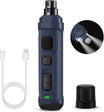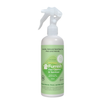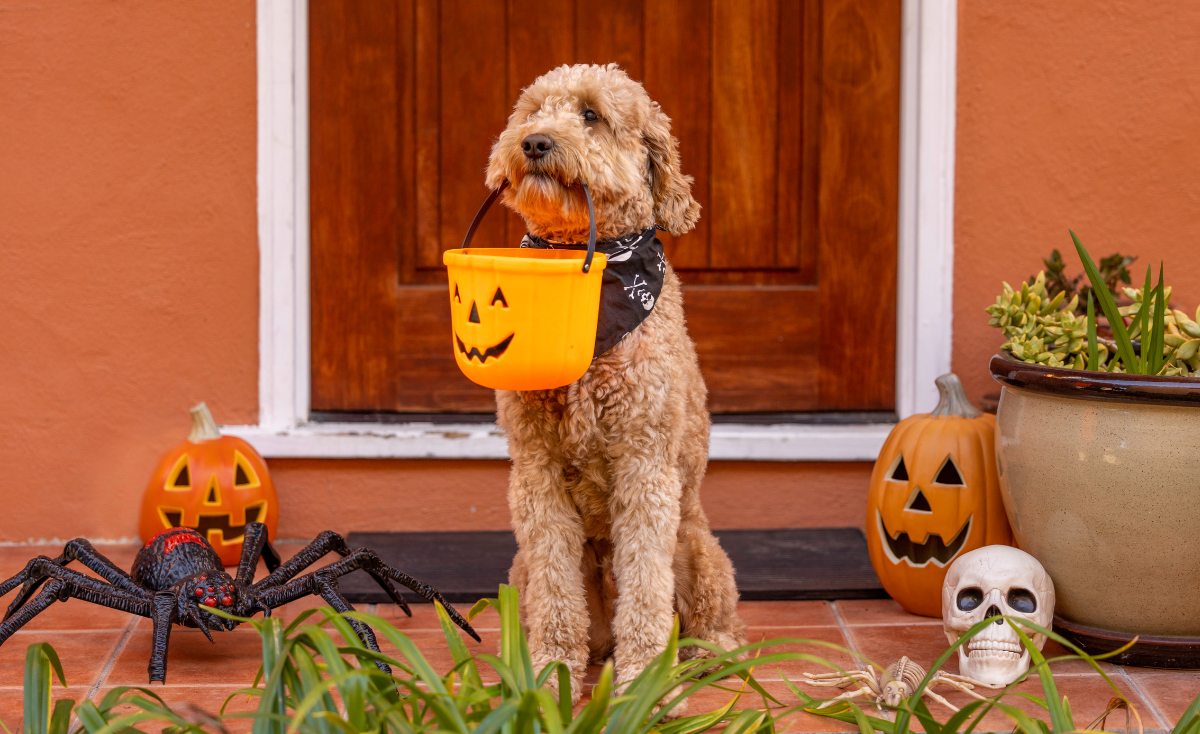Losing a pet is one of the most disheartening experiences to deal with as a fur parent. If you found a lost pet, it is a responsibility to think of the pet as your own while searching for its rightful owner or guardian.

One of the first things to consider when you found a lost pet is the safety between you and the pet. Before moving closer, use caution and common sense. Some pets are not street smart and are not conditioned to survive outdoors. Speak calmly and let it smell you. You should be able to gain its trust before letting you touch them. Bring food to entice them to move closer to you. If the pet is not cooperating and acts threatening, consider asking for help from the animal control authorities. It may have lost weight, dehydrated, injured, picked up ticks and flicks because it’s been wandering for hours or days. Remember, this is not a stray pet, but a pet who’s been spoiled, treated nicely, bathed from time to time. Never try to assume that it has been dumped, left alone or abused without any concrete evidence. If you manage to catch it, look for identification tags that may be helpful in searching the owner. If the pet doesn’t have an identification, then here are the things that you can do:
1. Call the SPCA at 6287 5355.
Let them know that you found a missing pet and ask if someone reported a pet that’s similar to the one you found. SPCA has a ‘Found’ section of the Strait Times Classifies where they advertise for two days and on their website for five days (inclusive of holidays and weekends). You can also call the Animal & Veterinary Service at 1800 476 1600. Visit Missing Pets just in case the owner has already put up an ad.
2. Take the pet to the vet.
The next thing you should do is visit the vet for a quick check-up and micro-chip scanning. A microchip is a small chip inserted just beneath the skin of the animal. It contains all the information about the pet and its owner. If the lost pet has a microchip, then the search will be quick and easy. Call the owner and let them know what the findings are about their pet. However, if a microchip is not available, then please consider taking care of the pet in the meantime.
3. Foster the pet.
There is a shortage of kennels at AVA or SPCA so if you decide to foster the pet, leave your contact details to these shelters and give a description of the pet and where you last found it. If the owner reaches to them, then they can directly contact you for verification and meet-ups.
4. Put up a flyer.
While waiting for calls, you may put up some flyers near the area where you found it. When creating a flyer, add a photo, write only the essential and don’t give away too much information. If anyone reaches to you, let them give a full description of the pet. If you’re residing in a condo or an apartment, look for ‘Missing Pet’ signages. If there’s none, consider putting up a flyer on your common bulletin boards, clubhouse or lobby. Let the guards or concierge know about the lost pet, give your address and contact details. Give out copies to everyone including your neighbours, street cleaners and security guards.
Here are the things to put on a ‘Found Pet’ flyer:
- Photo of the pet
- Short description (if you are not certain of the breed, leave it as a description so that there are more chances that the owner can find the pet)
- Colour/markings
- Location, date & time you lost/found the dog
6. Use social media.
Take advantage of social media. There are many pages and groups that are now available to help you report a missing pet. Search for lost and found pages, local community groups, and pet stores on Facebook. Create a digital ad and ask pet shops, vet pages, your friends, and your family to share and repost it. As mentioned before, leave certain details like moles, unique patterns, sex, etc. If a caller wants to prove their legitimacy, they are forced to identify the pet in full and specific description. You are doing the pet a favour by doing so.
Here are useful Facebook pages and groups that you may check:
- A Stray’s Life
- Lost Paws SG
- Purely Adoptions
- Save Our Streetdogs SOSD
- Action for Singapore Dogs (ASD)
- Lost Pets Singapore
- Missing Pets Singapore
- Lost and Found Pets - Dog Cat Lovers Singapore
7. Evaluate your callers
Now that you have printed flyers and social media posts, expect some unwanted fake owners reaching out to take the pet. For every caller, ask questions that will verify their authenticity as the pet owner. Do not ask questions like “Does your pet have a pattern on its tail?” instead, ask open-ended questions like “Do your pet have a unique pattern somewhere, can you describe it?” Let them give a full description and see if it matches the pet in your care. For everyone’s safety, ask for proof of identification including registration papers, vet records, and photos with their pets.
8. Release the pet
After meeting the requirements, ask to meet in a public place. Do the meet-ups at the vet’s office, the animal shelter or the police station. Mention that they still need to bring the paperwork as proof of ownership. Avoid meeting in a private place or at the caller’s place as you might put yourself in danger. Notify your family or friends that you’re meeting someone to release a pet. If possible, bring someone to accompany you. Now that the pet is reunited with their owner, they may offer you some rewards for taking the responsibility of a pawrent. If you’re uncomfortable accepting money, consider asking them to donate at any local animal welfares or local shelters in Singapore.

What should you do if you can’t find the owner?
1. Take the pet to the animal shelter
Animal shelters and rescue centres should be the primary locations where pets are taken. One of the reasons some pet owners struggle to find their lovely pets is that they go to these locations but these are the last options where pets are taken (as fear of being euthanized).
2. Rehome the pet
It’s probably been weeks or months and the owner hasn’t contacted you yet. You wish you could add the pet to your family but you couldn’t for valid reasons–financial reasons, household arrangements, apartment restrictions, or the pet is not very friendly to your own pets. Consider rehoming and let your family and friends know that your fluffy friend needs a new family and a new home. Ask everyone on social media about the rehoming, you never know who may have been looking for a furry companion.
Have you seen videos of pets reunited with their owners or guardians? It gives a warm feeling in the inside. If you ever encounter yourself in a situation where you need to return a pet, always remember to not give up because help is around. Be careful when evaluating your callers for everyone's safety. Thank everyone who has helped and taken the effort to share your post, to made inquiries, and to spread the word around. Lastly, thank yourself for being a responsible and kind guardian for these lost pets.

















































Leave a comment
All comments are moderated before being published.
This site is protected by hCaptcha and the hCaptcha Privacy Policy and Terms of Service apply.